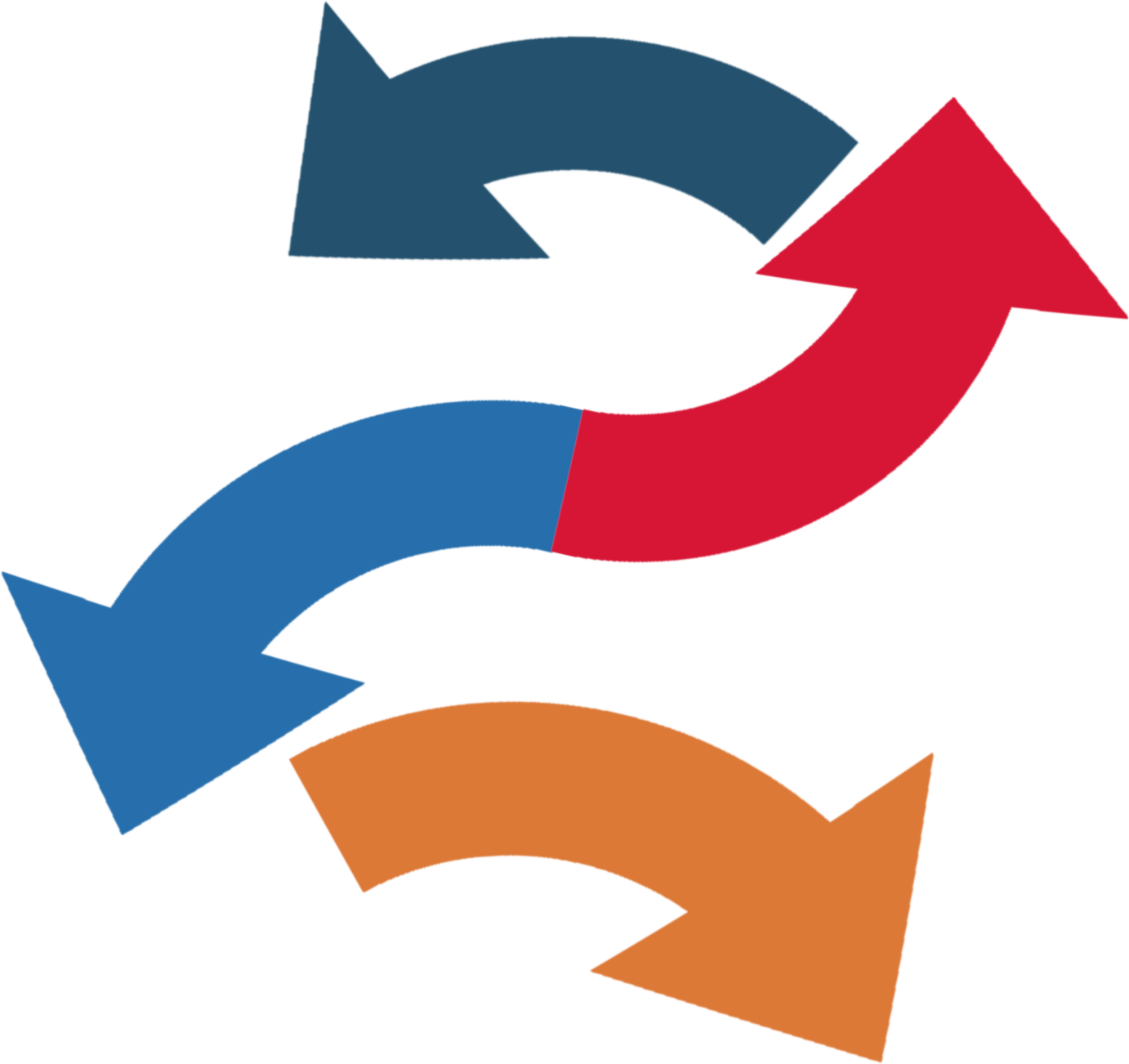SPRINT THROUGH THE CHAOS
Hey there, Action-Taker! You’re not broken. You’re running a different kind of operating system—one with incredible potential. And with a little Agile magic, you can fine-tune your ADHD brain to thrive in the chaos. This isn’t about “fixing” anything; it’s about building a workflow that grooves with your unique wiring.
THE ADHD-AGILE CONNECTION
Once upon a time, software development was a bureaucratic, soul-crushing mess. Waterfall systems demanded perfect plans from day one, and any deviation led to delays, burnout, and disaster. Then Agile showed up: lightweight, iterative, and built to embrace change rather than fight it. Sound familiar? If you live with ADHD, your brain already works this way—leaping between ideas, thriving under pressure, and improvising on the fly.
Let’s tap into those strengths. Your ADHD brain isn’t a bug; it’s a feature.

Your ADHD Superpowers:
- Hyperfocus Mode: When your brain locks in, you become a productivity beast.
- Creative Problem-Solving: You connect dots others miss.
- Context-Switching: Multitasking? More like mental parkour.
- Out-of-the-Box Thinking: Why color inside the lines when you can redraw the whole page?
- Heightened Sensitivity: You pick up details that others overlook.
CORE SPRINT STRATEGIES
1. TIME BOXING: YOUR NEW BEST FRIEND
Your brain loves novelty but gets bored easily. Enter time boxing: breaking work into bite-sized chunks with regular breaks. The Pomodoro Technique (25 minutes on, 5 minutes off) is your go-to tool. It sets clear boundaries, prevents burnout, and gives your brain a dopamine hit every time you complete a sprint.
Pro tip: If 25 minutes feels too long, start with 10. If it feels too short, stretch to 40. Customize the box to fit your brain.
2. DAILY STAND-UPS WITH YOURSELF
Every morning, take five minutes to run a personal stand-up meeting. Ask yourself:
- What did I accomplish yesterday? (Celebrate the wins—even the tiny ones.)
- What are my 3 Most Important Tasks (MITs) today? (Limit it to three. Simplicity is power.)
- What obstacles might block my progress? (Spot trouble before it derails you.)
This micro-planning ritual focuses your energy without overwhelming your brain.
3. VISUAL TASK MANAGEMENT
ADHD brains love visual input. A personal Kanban board turns your mental spaghetti into a structured flow. All you need are three columns:
- To Do: Brain-dump your tasks.
- Doing: Limit to 1-3 active items.
- Done: Celebrate every finished task with a victory dance.
Physically moving tasks across the board isn’t just satisfying—it gives your brain a dopamine boost. Bonus points for using bright sticky notes.
4. SPRINT PLANNING
On Sunday night (or whenever your week starts), sketch out your upcoming sprints. Keep it light: 5-7 key user stories for the week. User stories are short, human-friendly descriptions of what you want to achieve (e.g., “Write first draft of blog post” or “Call the dentist”).
And here’s the Agile twist: Expect change. Life with ADHD isn’t linear—don’t fight it. Plan flexibly, adjust as you go, and leave room for spontaneous brilliance.
ADHD RETROSPECTIVES
At week’s end, pause to review. Ask yourself:
- What energized me this week? (Lean into that.)
- Where did I struggle? (No shame—just data.)
- What small tweak could improve next week? (Continuous improvement, baby.)
Think of it as debugging your life. What worked? What broke? Adjust accordingly.

MINIMIZING TECHNICAL DEBT
In software, technical debt is the mess that piles up when you cut corners. ADHD technical debt? Unfinished tasks, unopened emails, unprocessed emotions. Left unchecked, it snowballs into overwhelm.
Solution: Schedule refactoring sprints to clean up the mess. Set aside time each week for housekeeping: clear your inbox, return those calls, reset your systems. It’s not glamorous, but future-you will thank you.
EMBRACING AGILE MINDSETS
ADHD life is unpredictable. Agile thinking makes that a strength:
- Progress Over Perfection: A half-finished task beats a perfect idea stuck in your head.
- Iterative Improvement: Every day is a fresh sprint. Start where you are.
- Psychological Safety: Permission to mess up = freedom to try again.
- Continuous Learning: Your processes evolve as you do.
READY TO LAUNCH YOUR FIRST SPRINT?
Start small. One sprint. One day. Then another. ADHD isn’t something to “manage” or “fix”—it’s a different cognitive style that, with the right tools, can thrive in a world built for chaos.
Sprint fast, iterate often, and trust your brain to find the creative solutions nobody else sees. Because you? You’re already wired for Agile.

